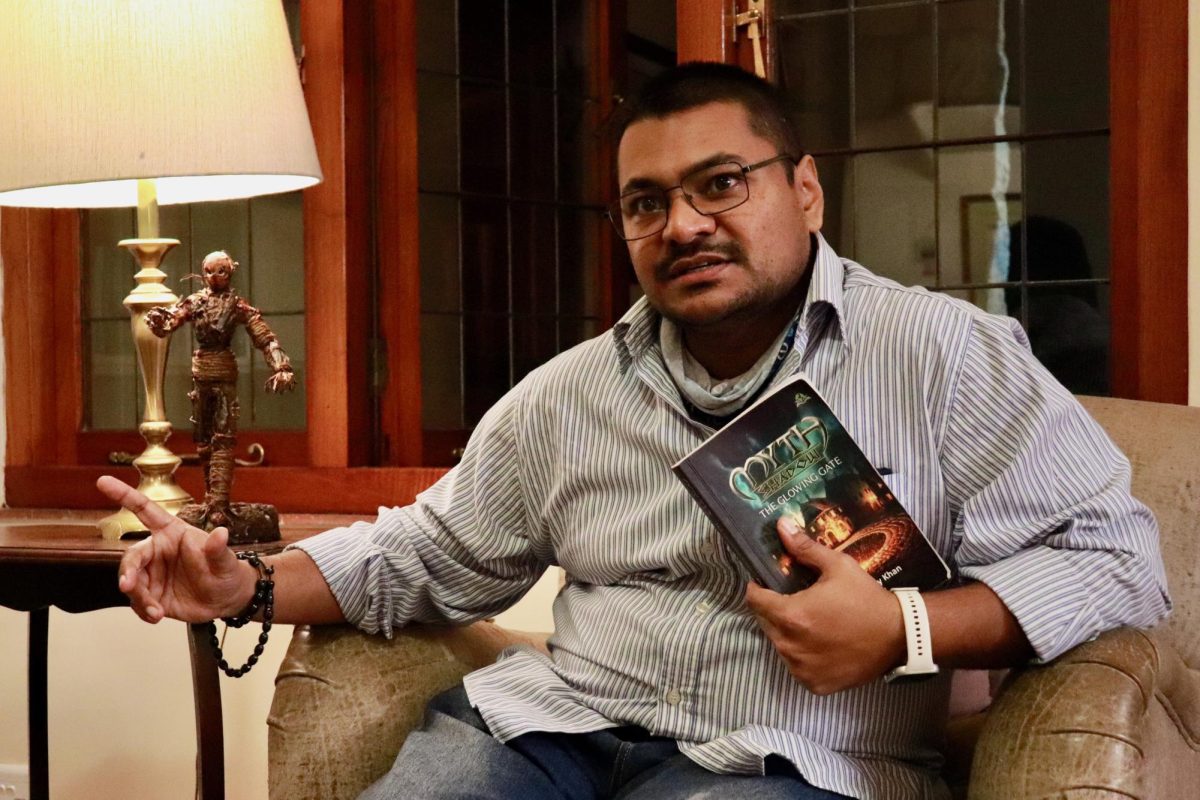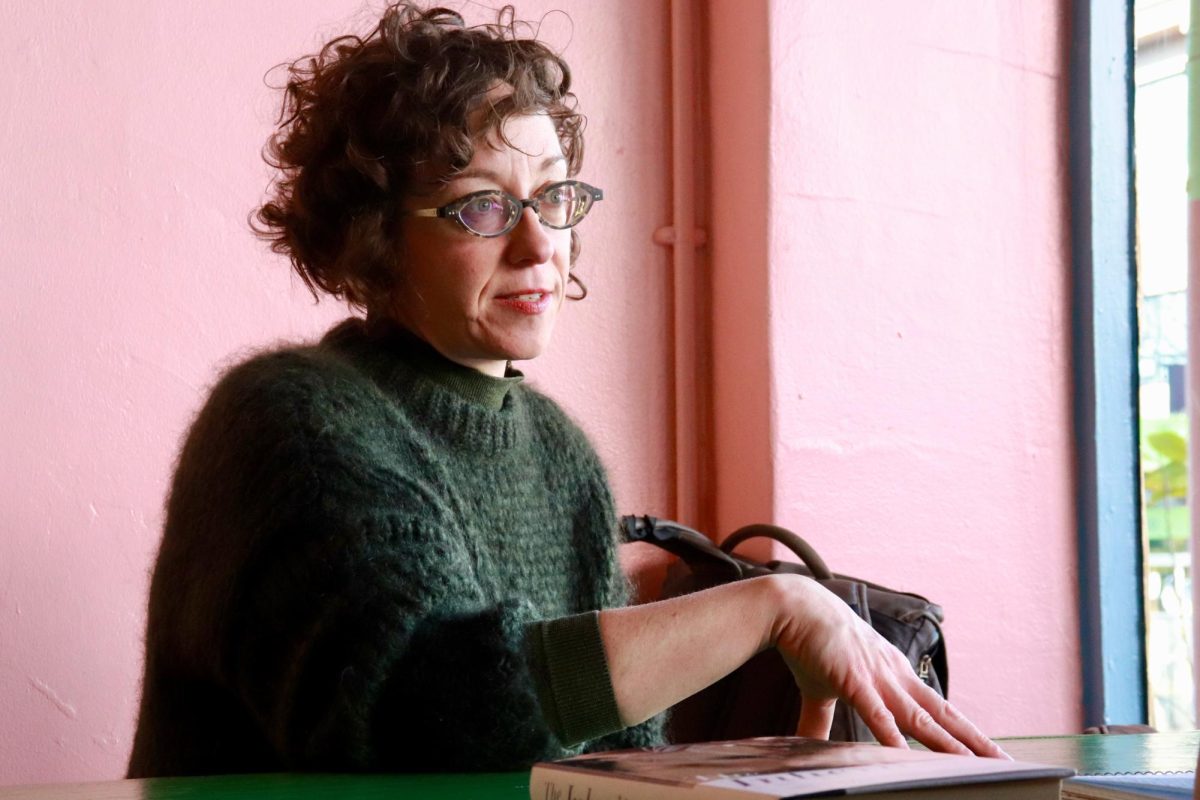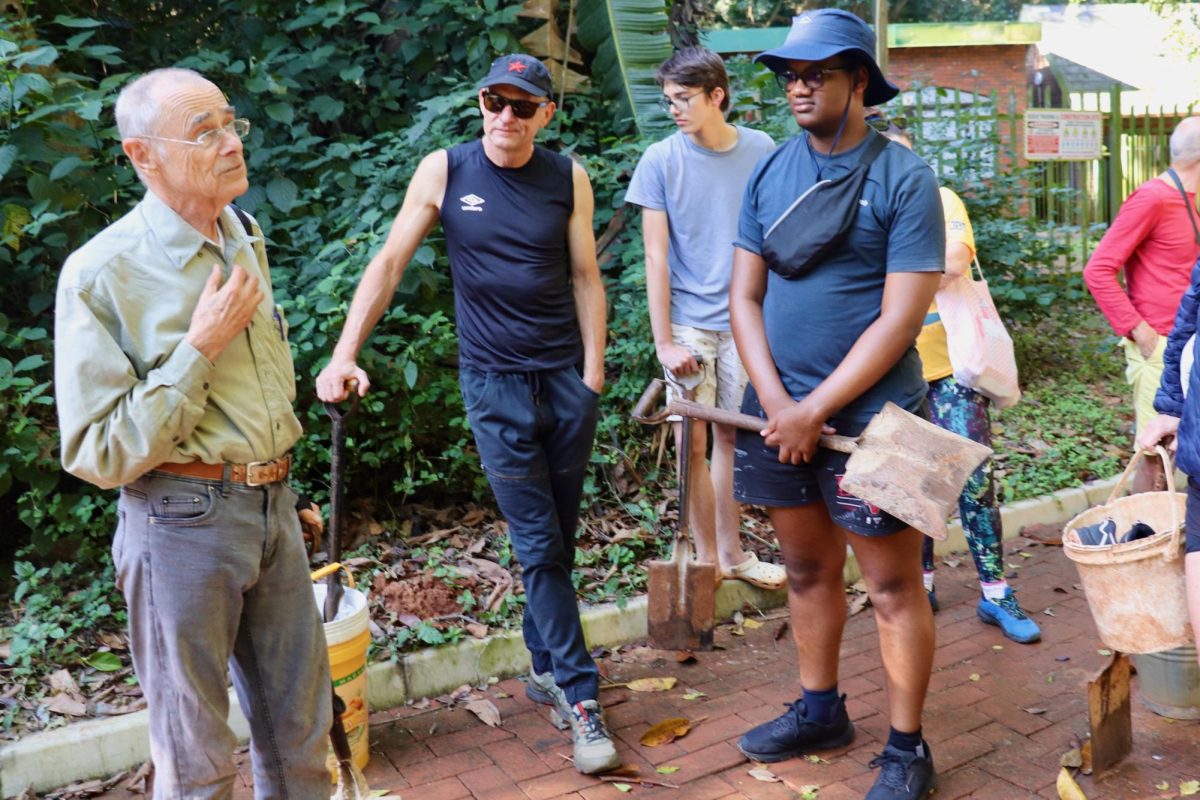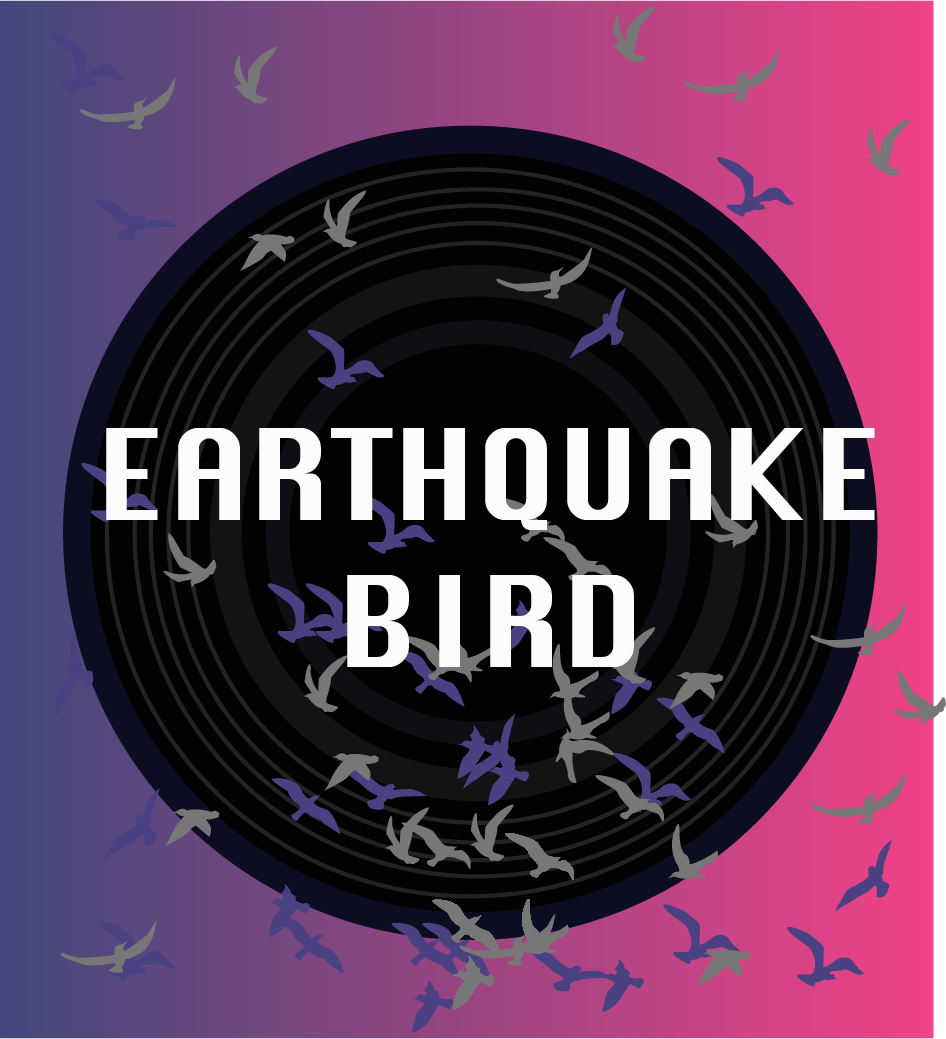The Netflix original “Earthquake Bird” is a tense, visually arresting thriller that aims to be like “The Girl on The Train” but instead set in Japan.
Directed by Wash Westmoreland and starring Alicia Vikander, Riley Keough and Naoki Kobayashi, it tells the story of a translator living in Japan who is suspected in the disappearance of her friend, the other woman in a dangerous love triangle. The film, based on the 2002 book by Susan Jones, also provides a look into the culture of Japan during an era that is often unexplored in Hollywood depictions of the country.
The film’s opening shot is fantastic, capturing the intersecting subways of Tokyo along with an assemblage of buildings. It brings the viewer right into the heart of the setting before introducing the main character, Lucy Fly (Vikander). Her first shot beautifully blends her into the rest of the crowd while allowing just enough focus to clue us into her status.
With a gray, unassuming wardrobe, Vikander skillfully sells Lucy’s guarded, scarred intrigue with a touch of danger, enabling us to believe she could be capable of harming her friend. Lucy’s guard slowly breaks down, however, upon meeting the enigmatic Teiji.
Played by pop star Kobayashi in his debut international role, Teiji is a photographer, interested in capturing “water, buildings [and] reflections.” Yet, this does not stop him from snapping Lucy’s picture when they first meet.
There is an immediate synchronization between these two introverts, not hampered by a timely earthquake that pushes them alone together into Teiji’s makeshift shelter.
Kobayashi seems to play Teiji as stoic, though it is difficult to tell if his subdued delivery is an intentional character choice or an inexperience with dramatic acting, considering his previous film roles were action movies.
Rounding out the main cast is Lily Bridges, played by Keough. Lily is a magnetic free spirit with a charming naivete that thankfully does not metastasize into unbearable as others in her character type often do. She and Lucy get off to a rocky start, but slowly come to a deeper understanding as they get to know and understand one another.
Lucy serves as Lily’s guide through the late 80s, pre-Lost Decade (a period of economic stagnation following the burst of the asset price bubble) in Tokyo. Keough expertly plays up Lily’s energetic fun side, making her just trustworthy enough to mask the chaos lurking underneath.
As for the eponymous avian creature, it is a form of bird that makes its presence known through a distinctive, boiling tea kettle-esque song following earthquakes, an all-too-frequent occurrence in the Land of the Rising Sun. In a literal and symbolic sense, it is a calming force after an extremely chaotic, potentially traumatic event, a defiant and perpetual beauty amid overwhelming horror. As more of Lucy’s past is revealed (and the tension between the three leads escalates), Lucy’s ability to remain firm in the face of danger begins to echo the bird’s resilient nature.
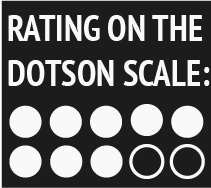
“Earthquake Bird” is full of compelling, suspenseful performances, enhanced by foreboding direction and atmosphere, even if it shares some narrative DNA with others in its genre.








